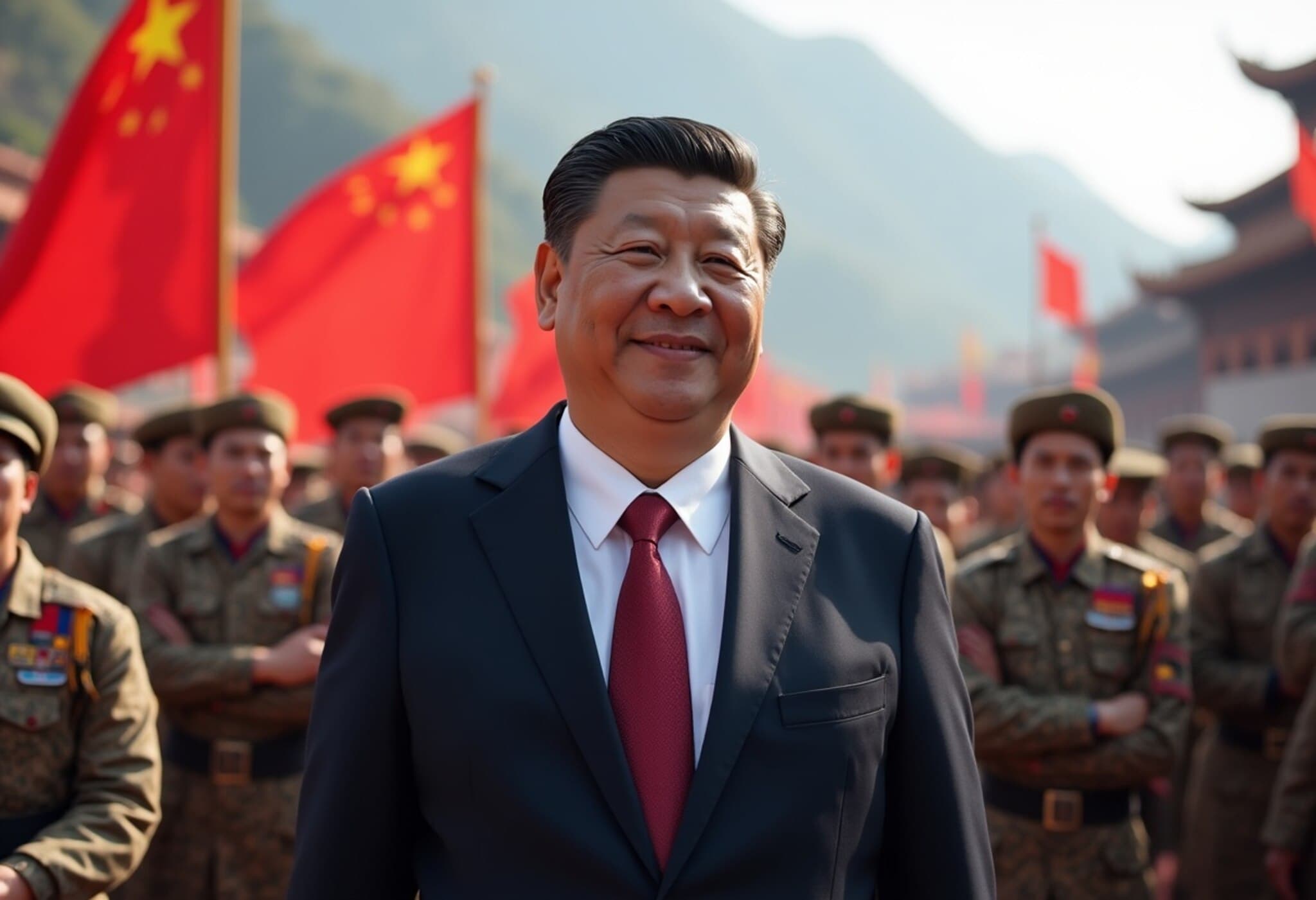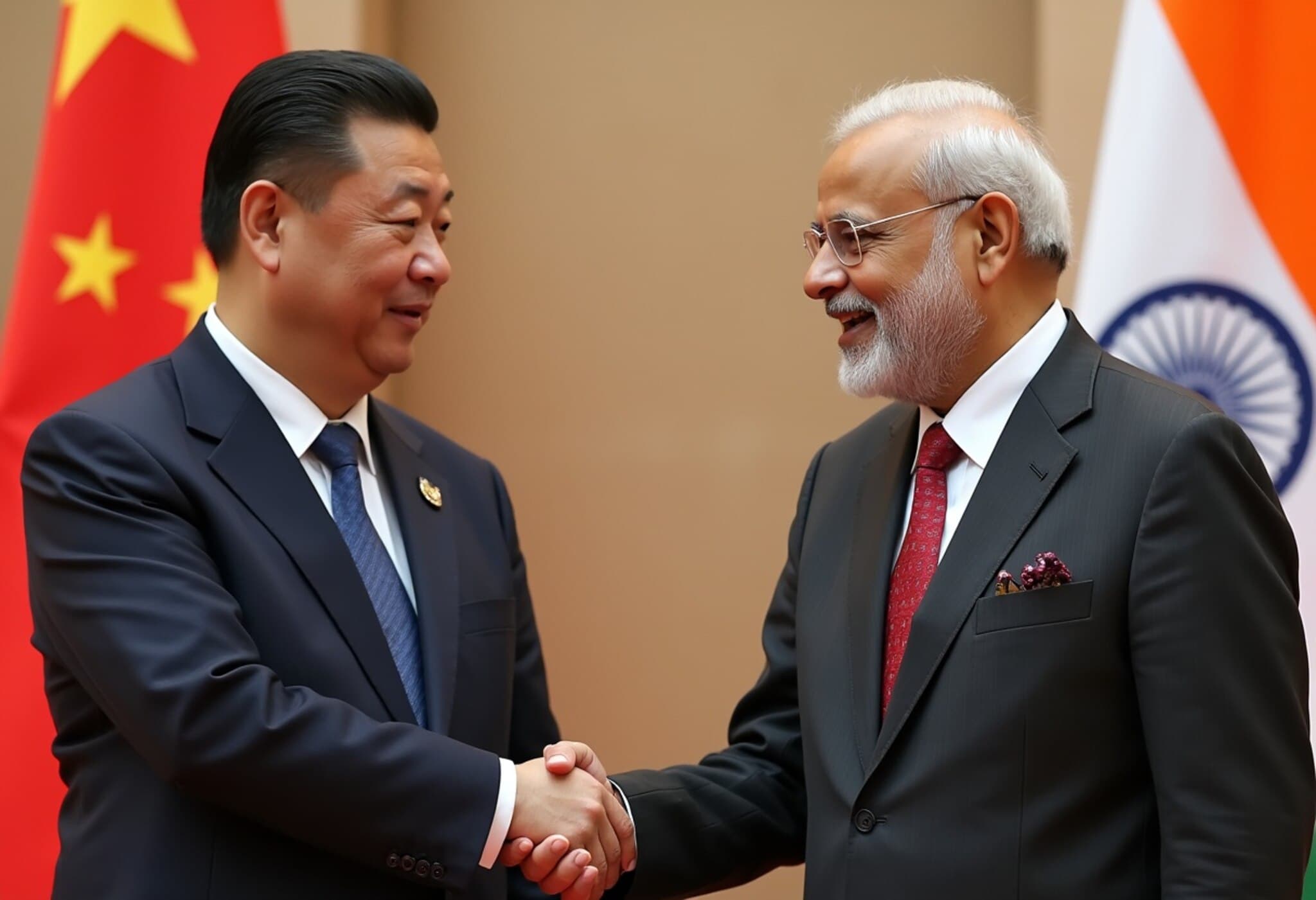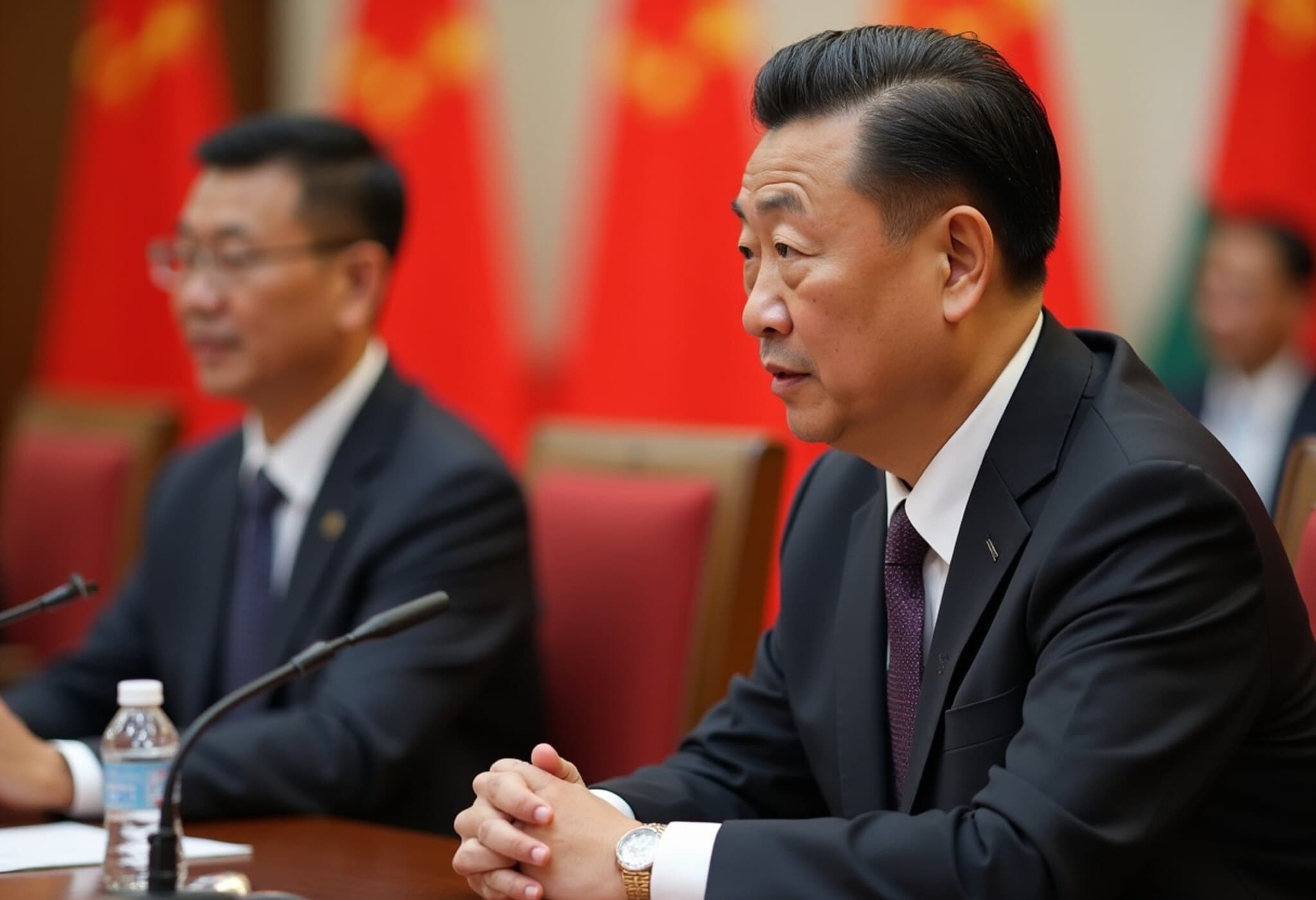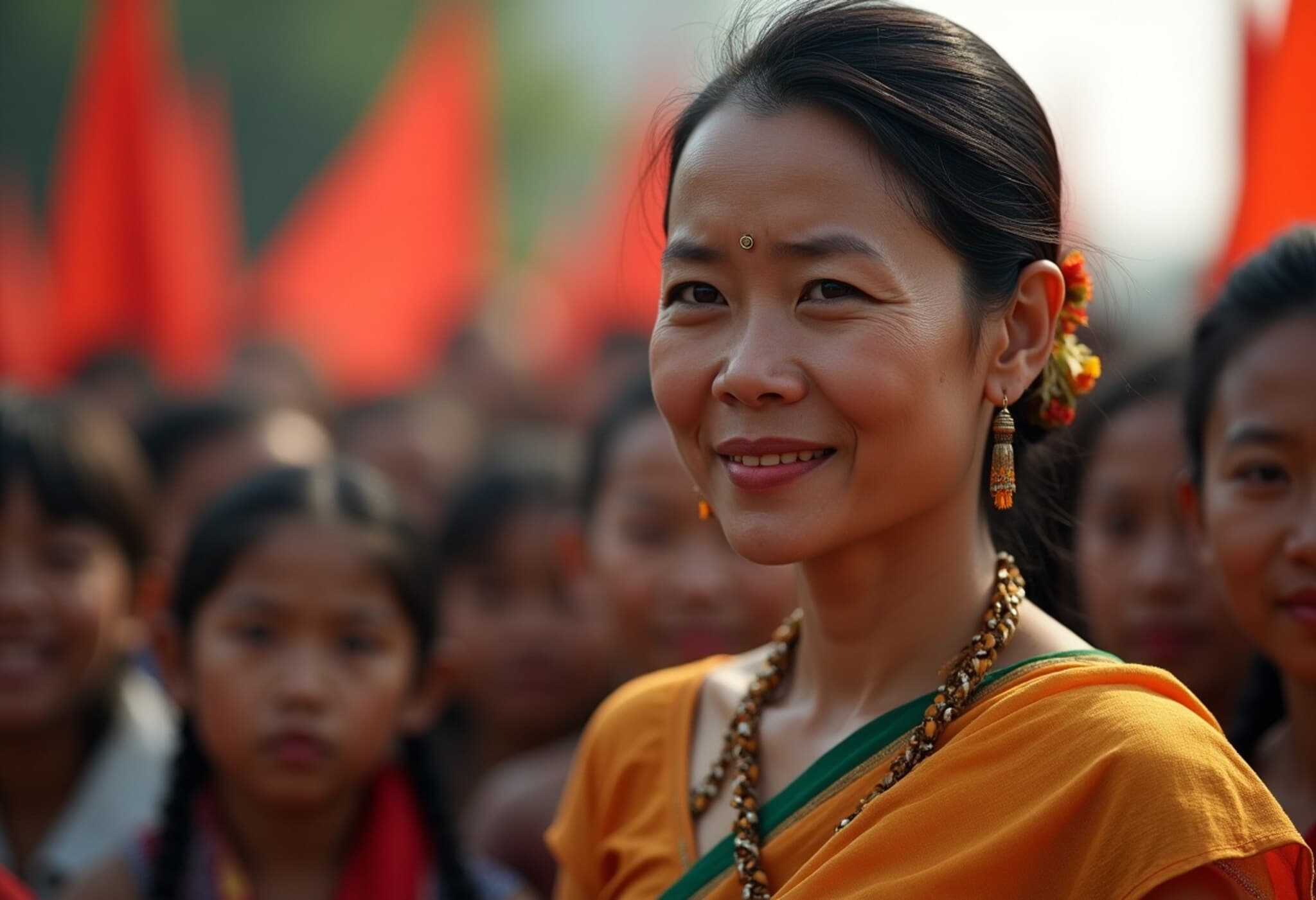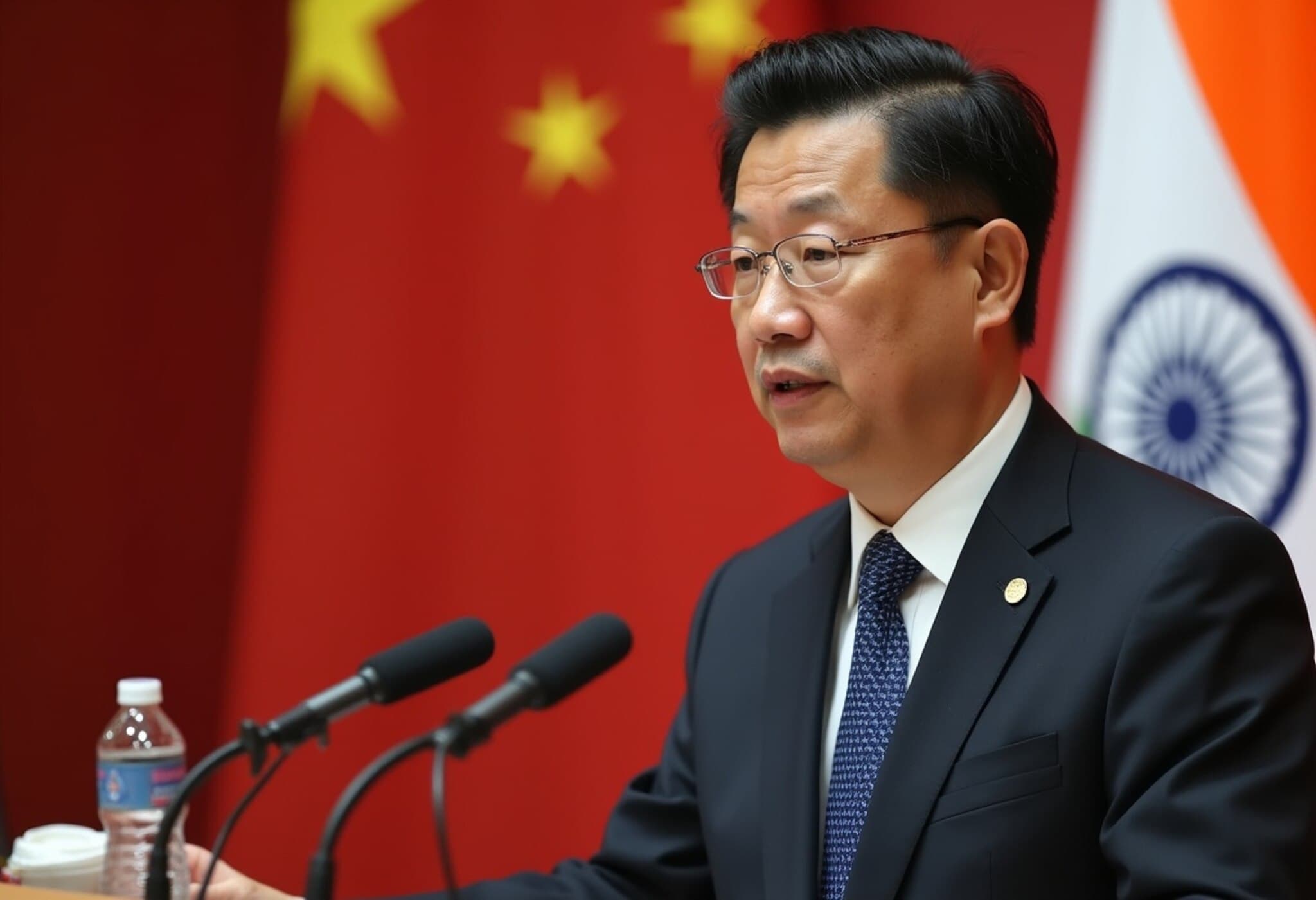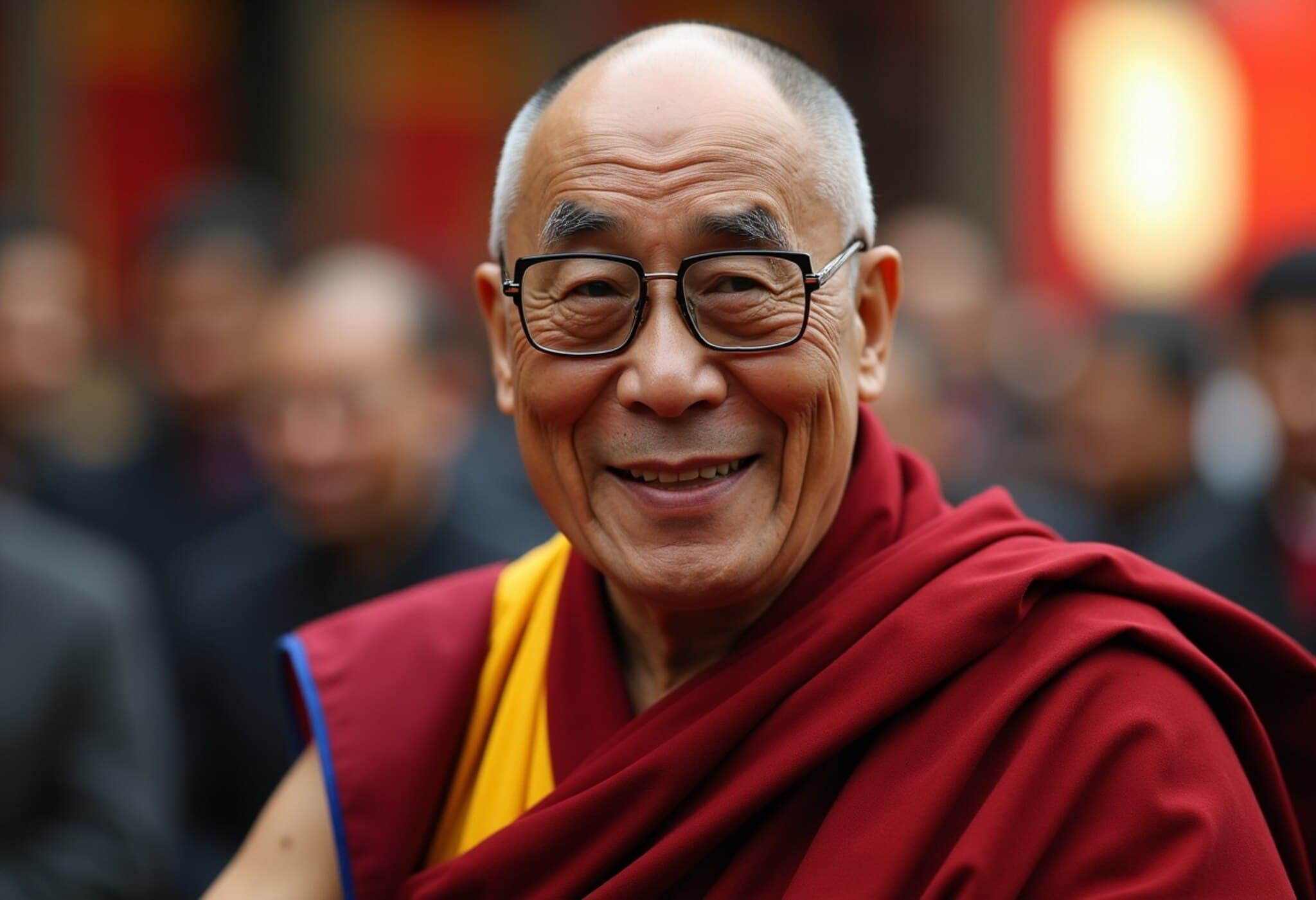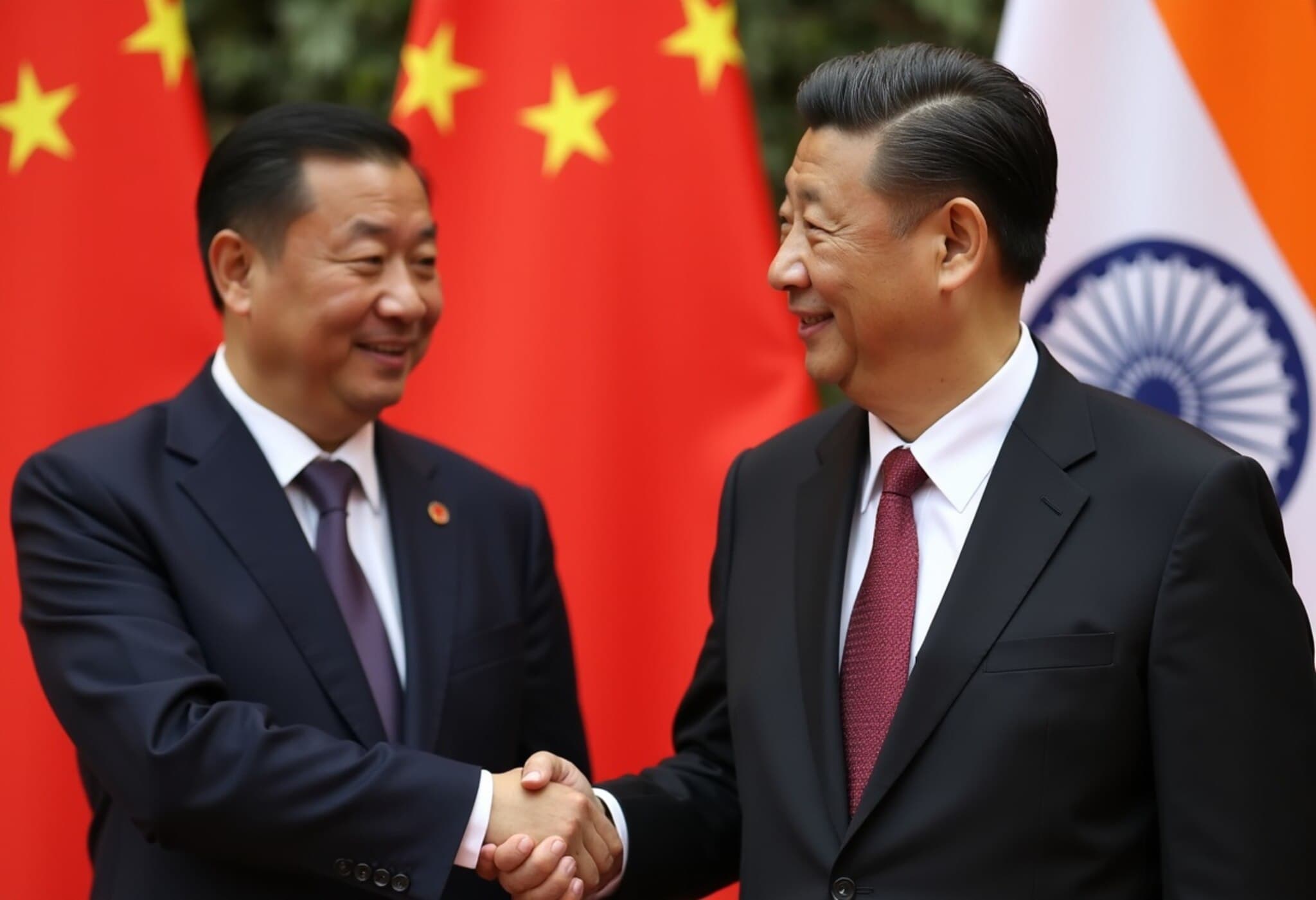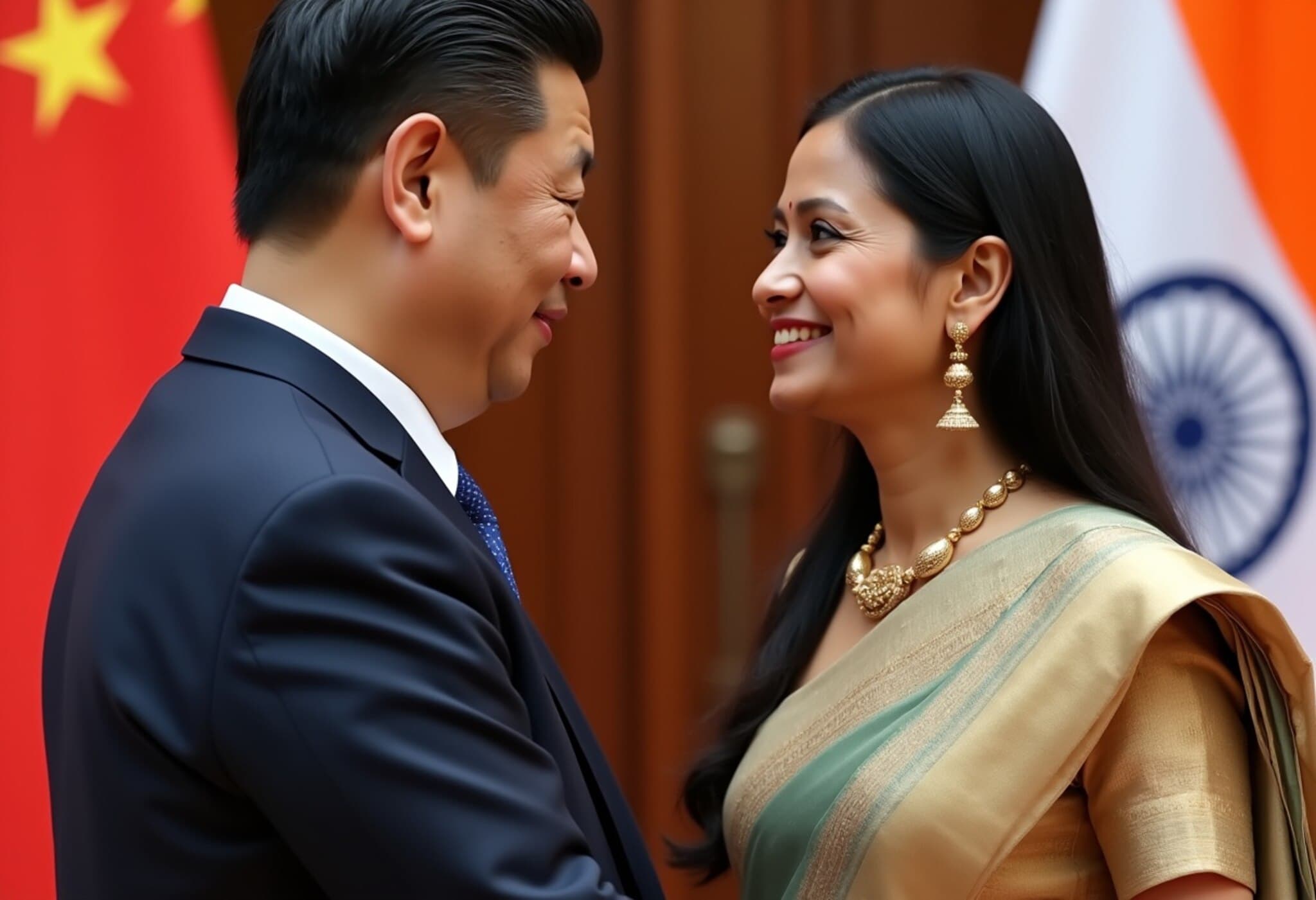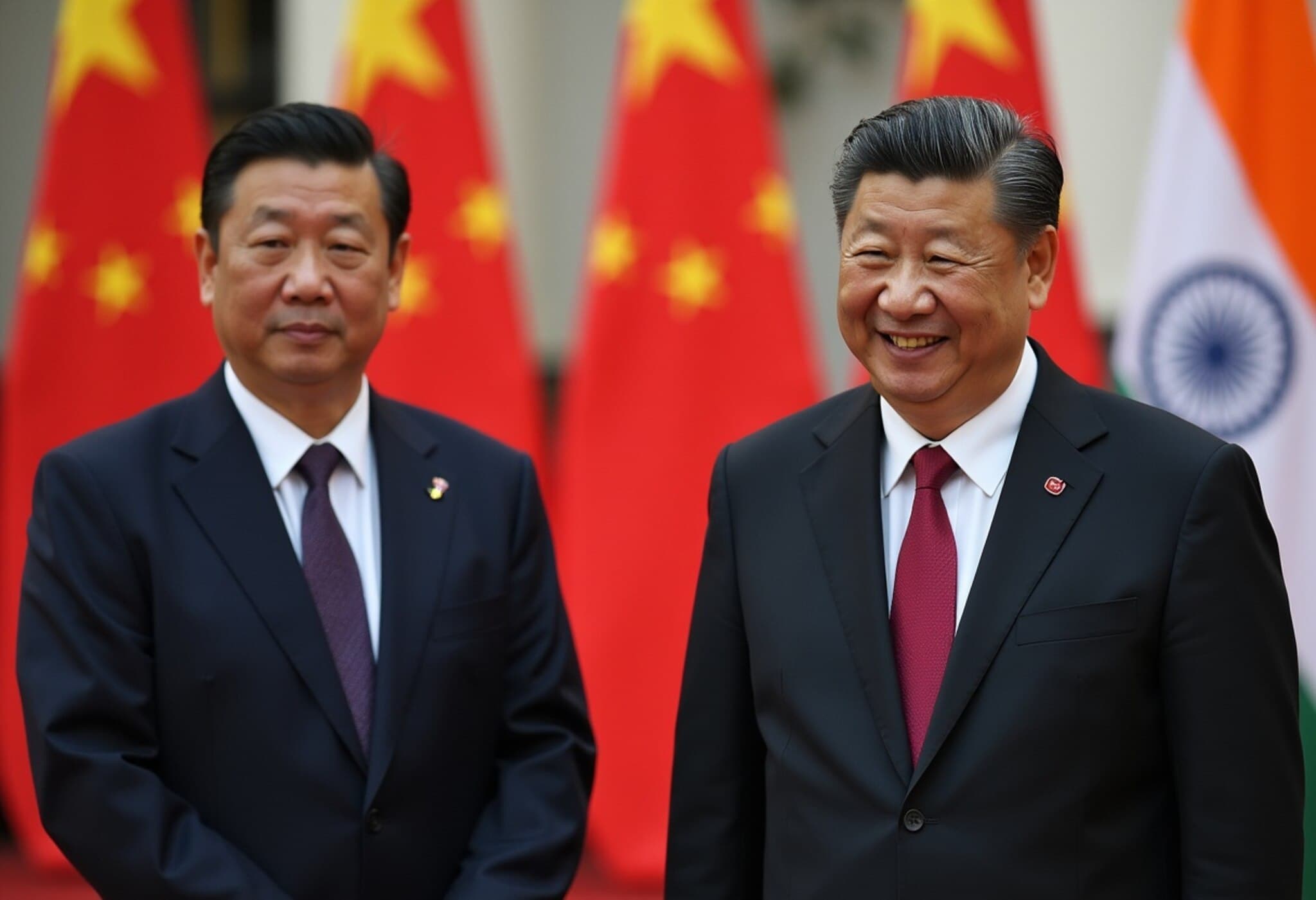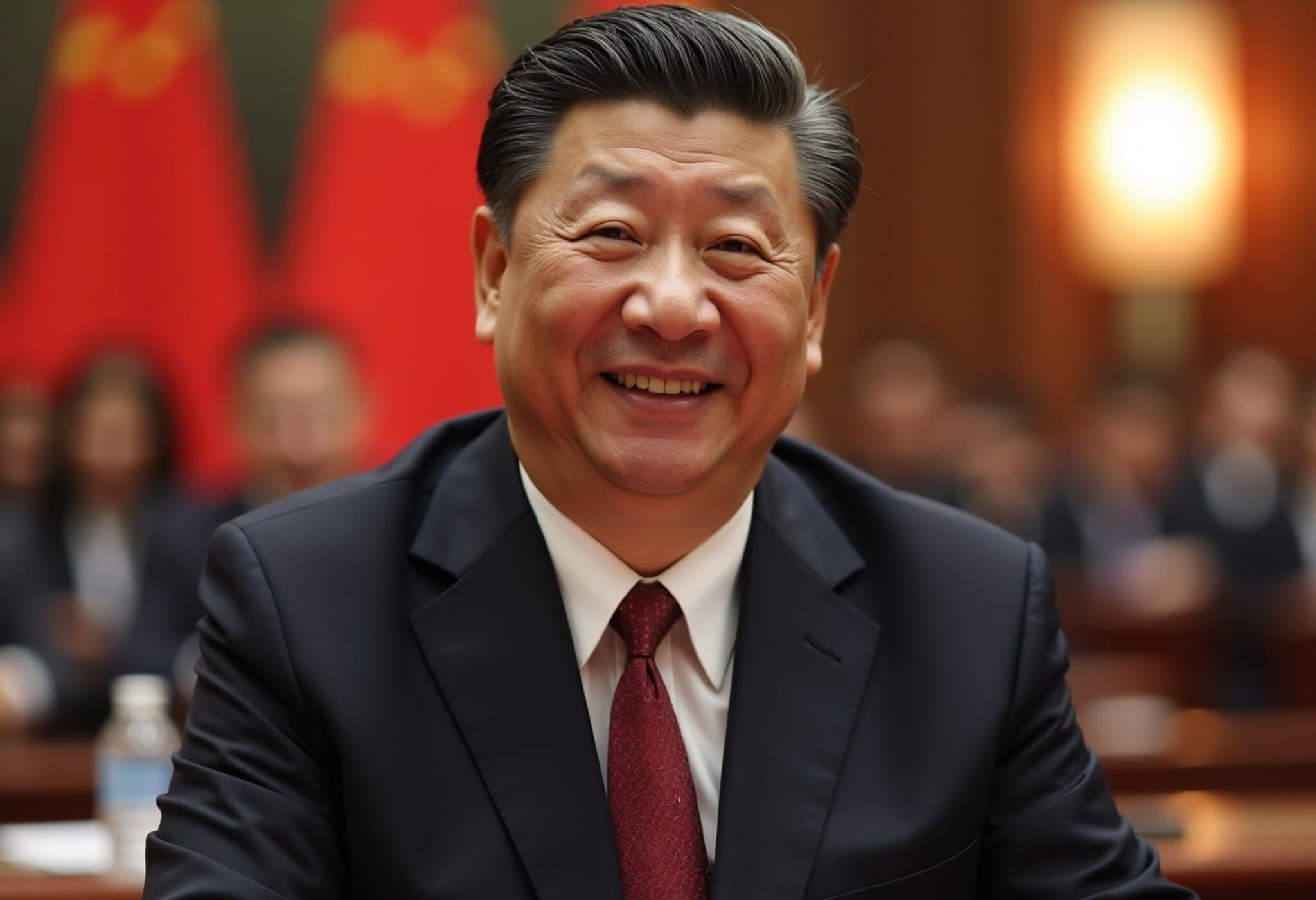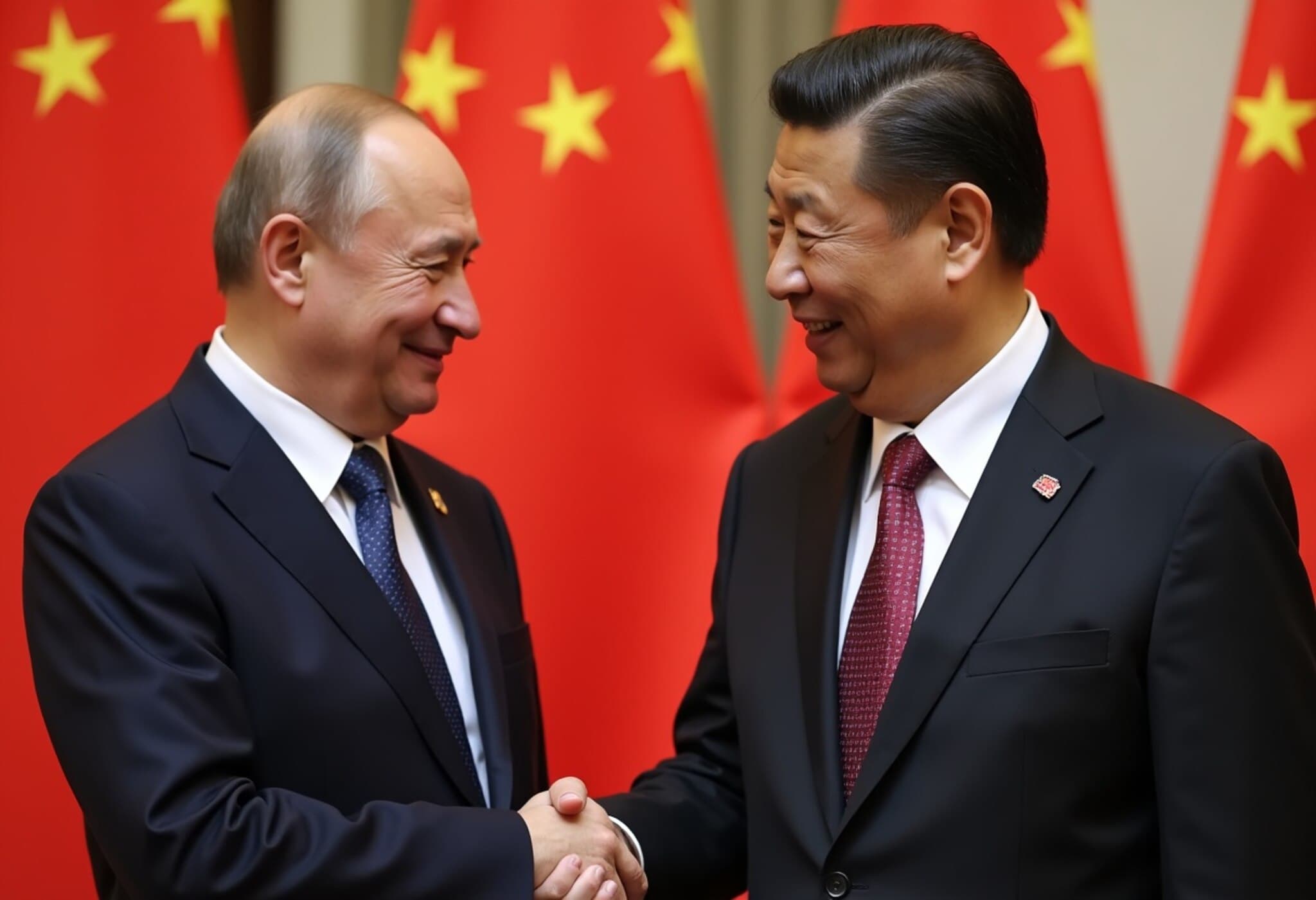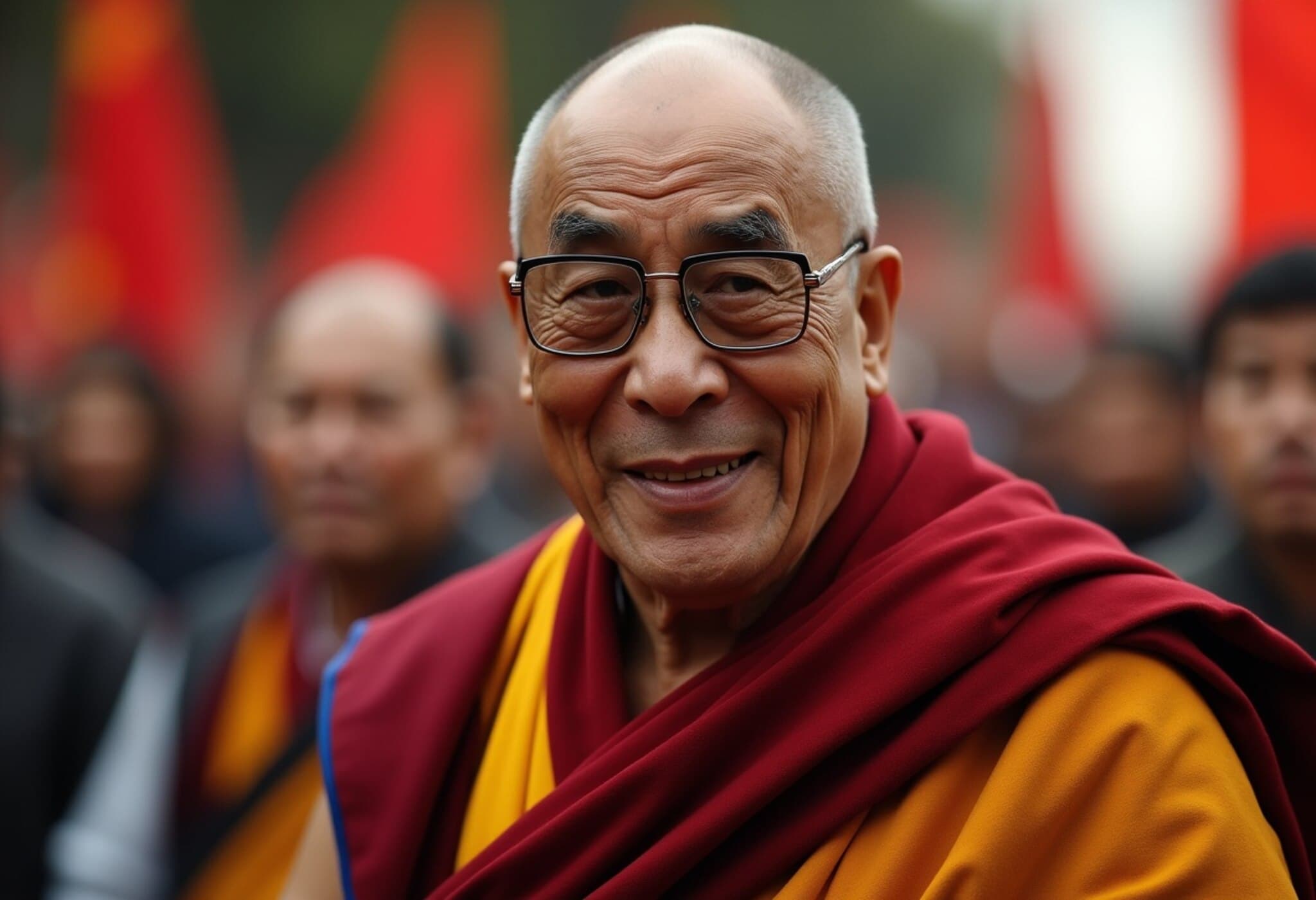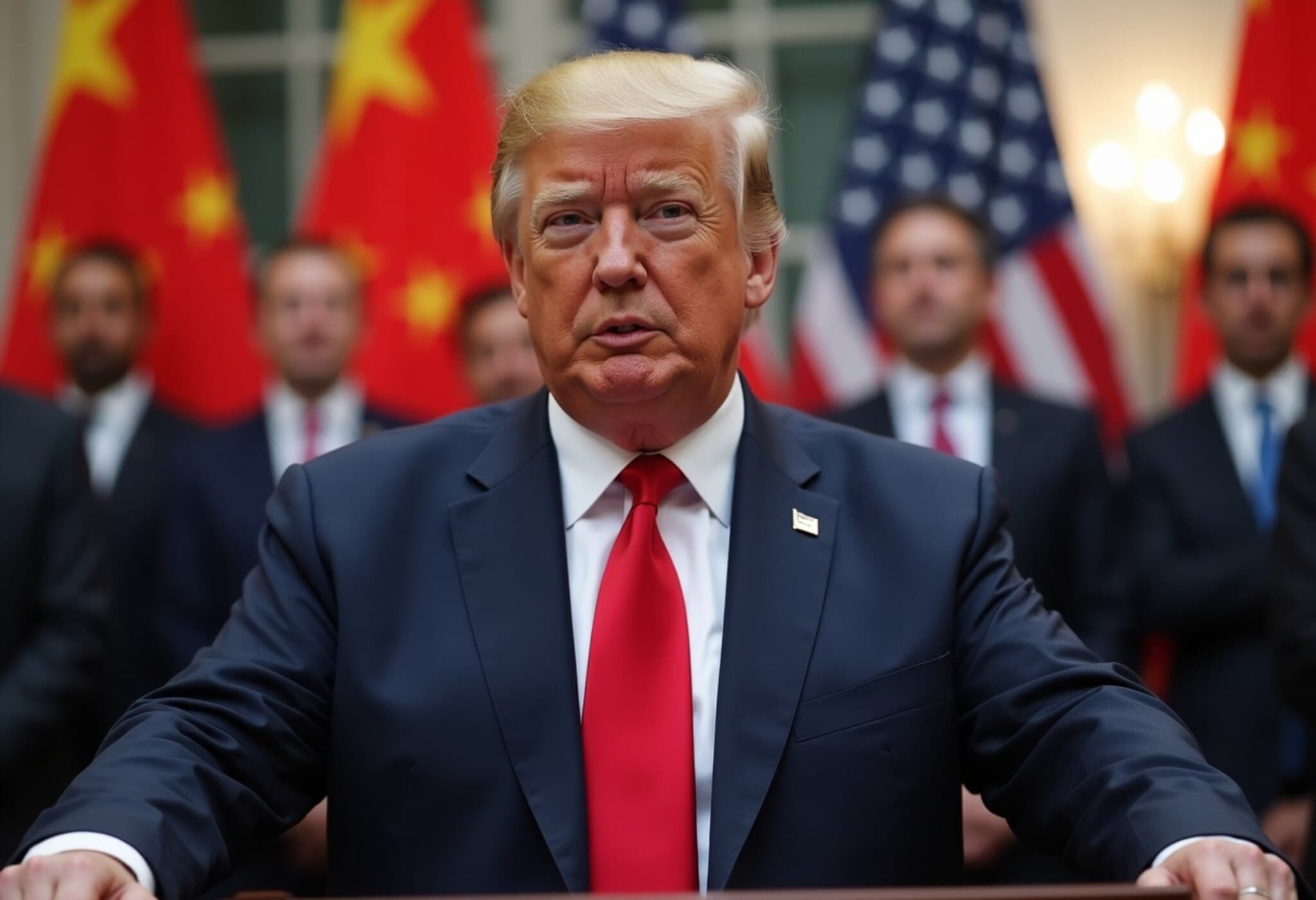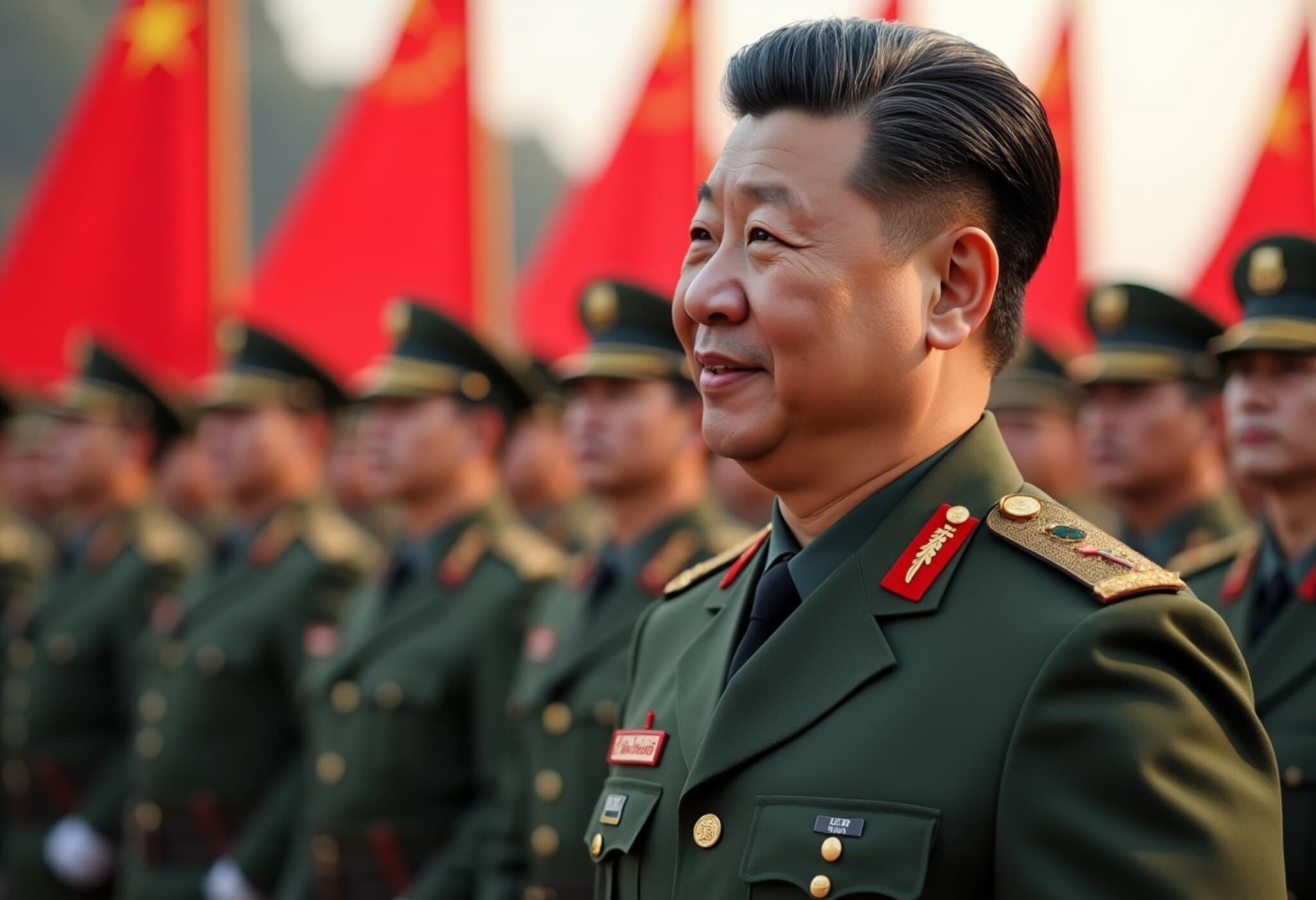Xi Jinping's Historic Visit to Tibet Highlights 60 Years of Chinese Governance
On August 20, 2025, Chinese President Xi Jinping arrived in Lhasa, the Tibetan capital, marking his second visit as China's leader to this highly sensitive and strategic region. The visit commemorates six decades since the establishment of the Tibet Autonomous Region (TAR) in 1965, a significant milestone in China's assertion of sovereignty and governance in Tibet following the flight of the 14th Dalai Lama to India after the 1959 uprising.
The Legacy and Controversy of Tibet’s Autonomous Status
The creation of the TAR was officially intended to grant Tibetans greater autonomy and cultural recognition within China’s national framework, including commitments to religious freedoms and policy participation. Yet, from the perspective of international human rights organizations and many Tibetan exiles, the region's governance has been characterized by restrictions, cultural assimilation efforts, and political suppression. Beijing vigorously denies these allegations, framing its policies as essential for stability and development.
Xi Jinping’s Focus: Stability and Party Leadership
During his visit, Xi emphasized to senior officials the critical importance of maintaining political stability, ethnic unity, religious harmony, and social order in Tibet. His words echoed previous calls from his 2021 Lhasa visit, where he urged Tibetans to "follow the party," underscoring Beijing’s insistence on centralized control and ideological conformity, especially over the region's deeply rooted Tibetan Buddhism.
Strategic Significance of Tibet
Tibet's importance for China extends far beyond culture and sovereignty. It borders India, a key geopolitical rival with whom China has experienced multiple border clashes, most recently a deadly skirmish in 2020. The region's rich natural resources, including vast hydropower potential, make it a vital component of China’s broader economic and environmental strategies.
Environmental Ambitions and Diplomatic Crosscurrents
Xi’s visit coincided with a visit by China’s top diplomat Wang Yi to India, signaling attempts to mend strained Sino-Indian relations. However, a new mega hydropower project in Tibet has unsettled India due to concerns over downstream water security. Xi insisted that these projects align with China’s aggressive carbon reduction goals, aiming to balance environmental stewardship with resource development, while portraying Tibet as Asia’s "water tower".
Leadership and Legacy
Accompanied by senior party figures Wang Huning and Cai Qi, Xi's trip reflects the CCP's ongoing priority to tighten control over Tibet amid international scrutiny. His visit also evokes parallels to previous commemorations, such as the 50th anniversary in 2015 when then-leader Yu Zhengsheng made a similar trip.
Expert Perspective: What This Visit Means for Tibet and Global Politics
From a geopolitical perspective, Xi’s visit reaffirms China’s determination to maintain its grip on Tibet amid regional tensions and global criticism. For American policymakers and analysts, Tibet remains a flashpoint of human rights debates and Sino-Indian rivalry, underscoring the complex interplay between sovereignty, cultural identity, and regional security.
Furthermore, the environmental implications of China's hydropower ambitions in Tibet present critical questions about shared water resources and environmental diplomacy in Asia, which require ongoing international dialogue.
Looking Ahead
As Tibet marks 60 years under Chinese rule, the region remains a microcosm of broader challenges facing China: balancing ethnic diversity with centralized party control, economic development with environmental protection, and domestic policies with international diplomacy.
Editor’s Note
President Xi Jinping’s visit to Tibet is more than ceremonial—it’s a reaffirmation of the Chinese Communist Party’s long-term vision for one of its most contested regions. As China advances its environmental goals and geopolitics evolve, Tibet’s future will be shaped by the delicate balance between control and cultural preservation. Observers should watch closely how these visits translate into policy changes on the ground and how they ripple across Asia’s intricate political landscape.

